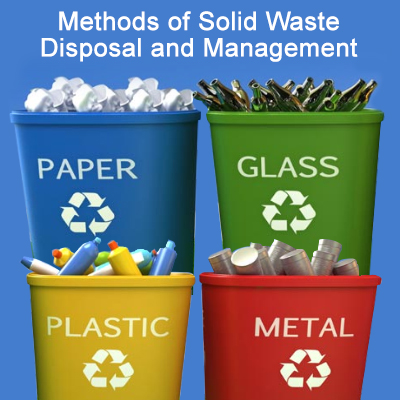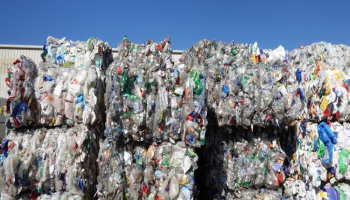In light of a rapidly expanding global population and the threat posed by climate change, forward-thinking individuals are taking a closer look at both consumption and pollution levels. One of the largest challenges we face today is improving our ability to transform waste into new products that have low environmental impact. The ways we use to dispose of our garbage play a crucial role in this.
Recycle To Recover
We begin with the most advantageous method of disposing of waste. Individuals and the economy both profit greatly from recycling because of the positive effects it has on the environment and their own bottom lines. The ultimate benefit of recycling is that it minimises the amount of labour required to create a finished product that can be consumed.
Of course, there are limits to what can be reused. Plastics, cardboard, and glass are the most commonly recycled materials. All parties, including you, have a role to play in recycling. Professionals in the field of trash disposal that are doing their jobs ethically will always want to promote recycling. Bin rental firms who do their job well will always sort their customers’ waste into biodegradable and non categories.
Process Of Biological Remediation
Only organic waste, such as plants, food scraps, and paper goods, can be disposed of in this manner. Biological decomposition of organic materials results in mulch or compost, both of which can be used in agriculture. The natural decay of organic matter is accelerated through biological reprocessing. Gaseous waste methane can be used to generate heat and energy. Anaerobic and aerobic procedures are classified according to whether they are utilised for residential or industrial purposes.
Dispose Of Waste At An Environmentally Safe Landfill
The design of a sanitary landfill ensures that the environment is preserved by using a well-designed engineering solution. The lowest layer has the smallest volume, and as you proceed up the layer, the volume grows larger. The reason for the disparity in volume is to prevent the subsidence of the land.
Underground water contamination is prevented by the use of a liner system comprised of hard clay and high-density polymers at the very bottom of the system. Secondly, there is the drainage, which transports the gathered fluid to rehab centers. The gas collecting system will then cope with the highly flammable and hazardous gaseous hydrocarbon methane. Using this gas to generate power is possible. The next layer is the rubbish itself, which is covered in synthetic material or clay, much like the bottommost layer was done. The alternating layers of garbage and soil aid in the reduction of odour and the acceleration of decomposition.

It has a lot of area per inhabitant, dumping trash into landfill is a handy and cost-effective method of disposing of waste. It used to be, but things have significantly altered. The environment is being threatened by unmanaged rubbish in landfills.
The degree of odour, methane, and liquid penetration in a landfill must be monitored and maintained on a regular basis. However, even in a country as large as ours, there are inherent dangers. These gases including methane, if not effectively handled, can cause substantial damage if left unchecked. To keep this from happening, it is necessary to implement very strict safety procedures. Furthermore, landfill space is limited even in Australia, and as the country’s population grows, it will be impossible to use this strategy in the near future. Other methods have already been used by smaller countries with high populations, such as the United Kingdom and France.
Using Recycled Materials As Fuel
Non-recyclable objects can harm our health and the environment if they are not properly disposed of. Waste materials can be used to generate heat or energy through the disposal method. Non-recyclable objects that can’t be recycled can be converted into heat or fuel or energy with this device in order to dispose of them. Carbon emissions can be reduced by reducing the use of fossil fuels.
Bioremediation
Environmentally friendly microorganisms can be used to remove contaminants from the environment in a cost-effective and environmentally acceptable manner. Using this natural degrading process, hazardous wastes can be transformed into non-toxic products. Managing the natural mechanism of degradation might be difficult because it takes a long period.
Plasma Combusting
With this waste management method, carbon-based materials are converted into fuel by heating and ionising plasma, a gaseous form of electricity. This is a new method that uses incinerator ashes or chemicals to create a non-hazardous slag to treat hazardous waste. Toxin chemicals like dioxins, NOX, furans, or sulphur dioxide are prevented from forming because of the high temperature and absence of oxygen. Liquid or solid wastes are converted to syngas in an environmentally friendly manner.






